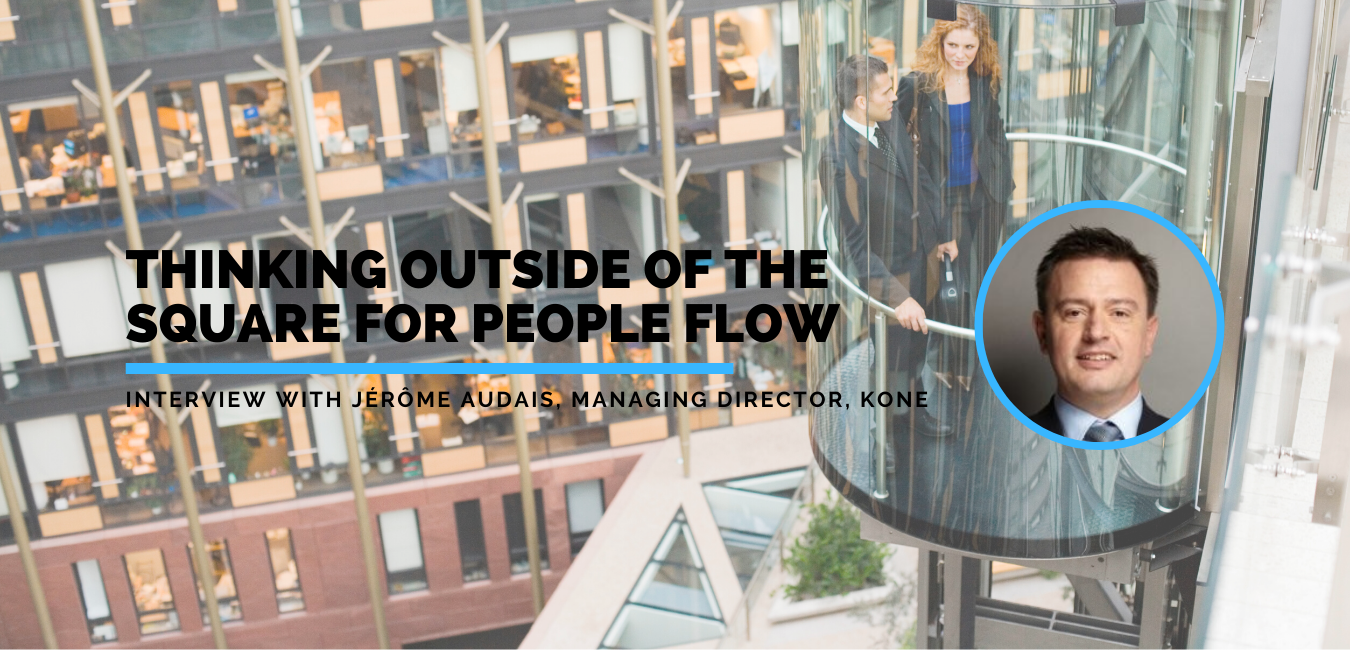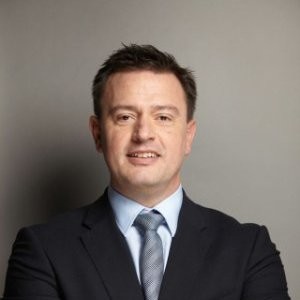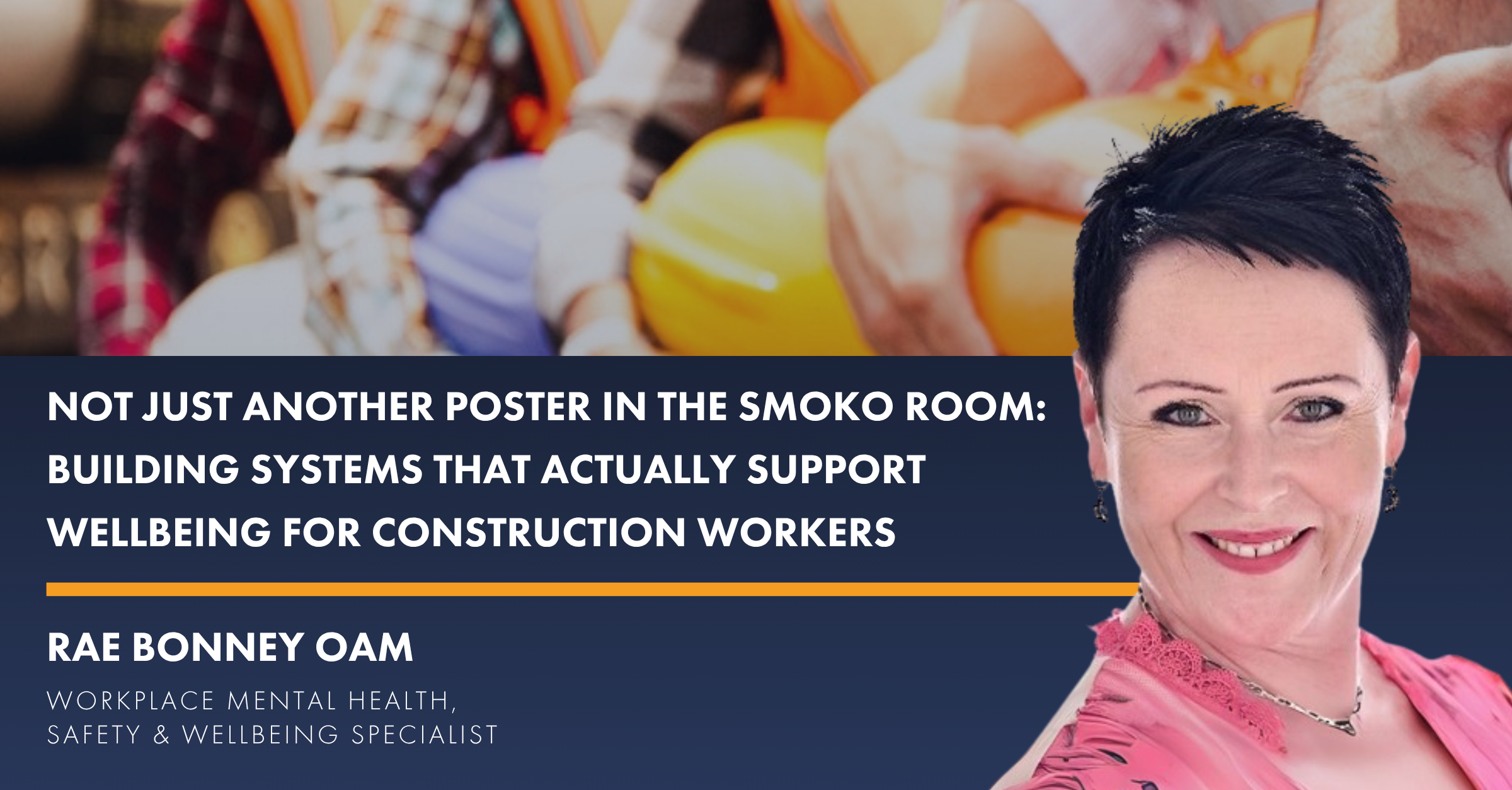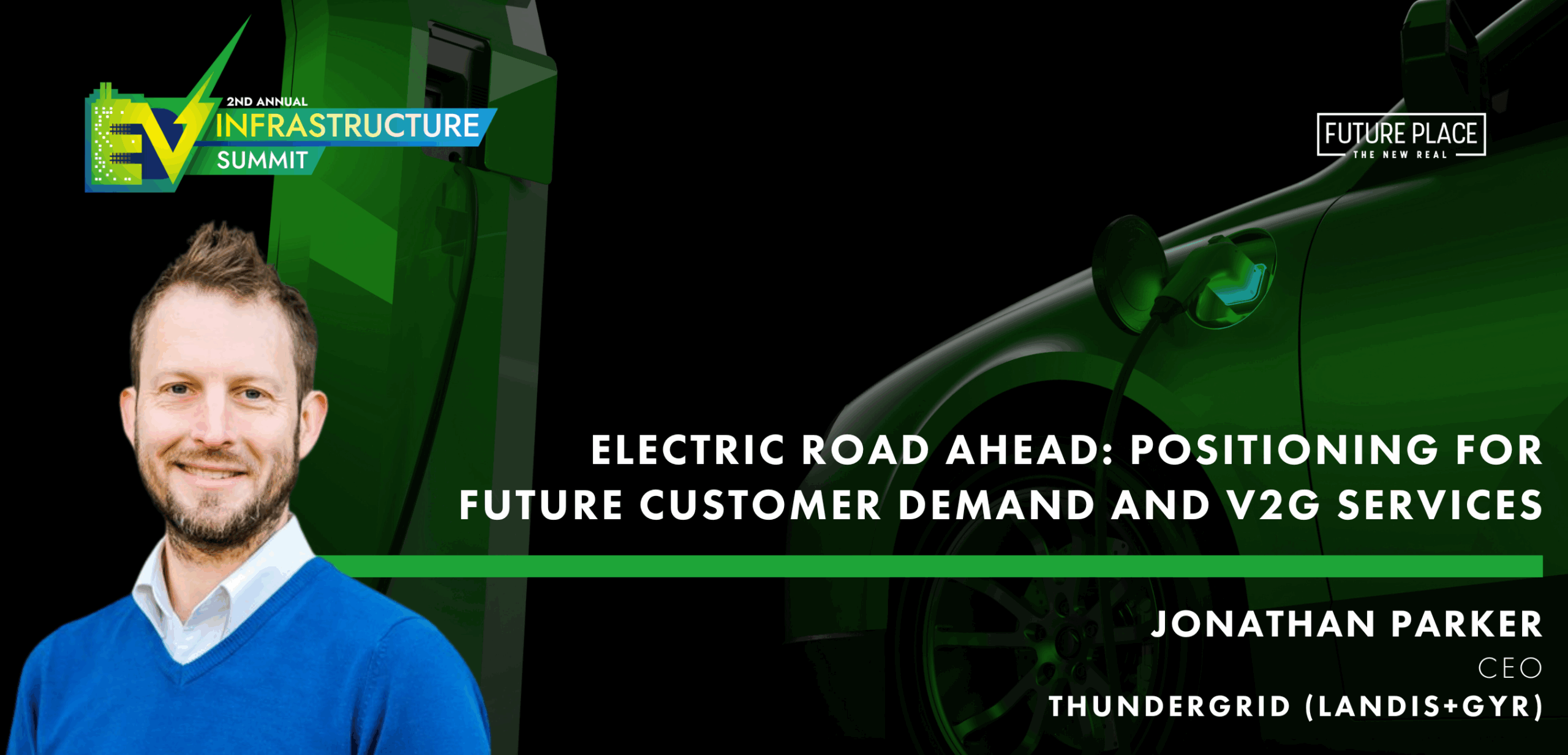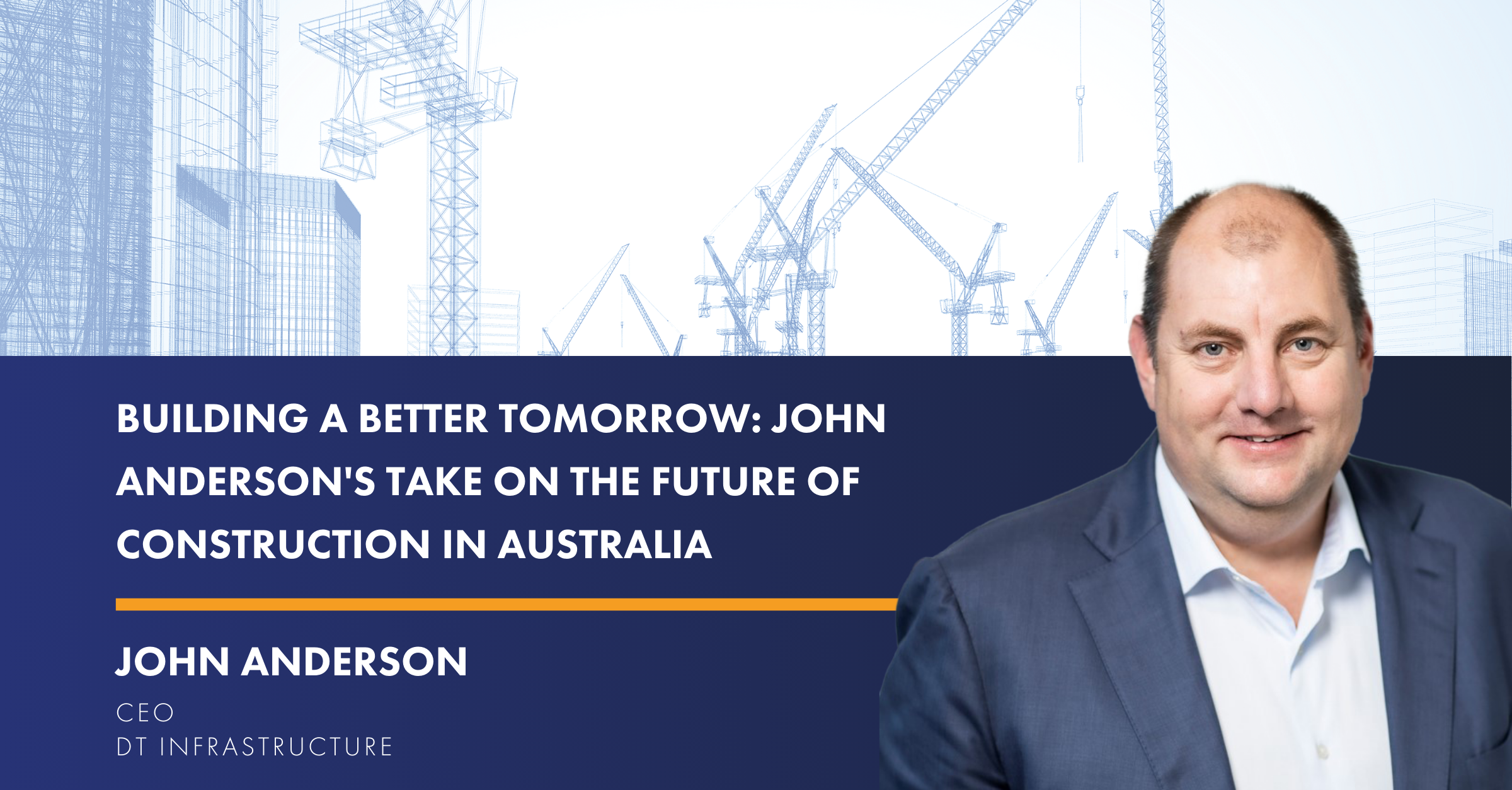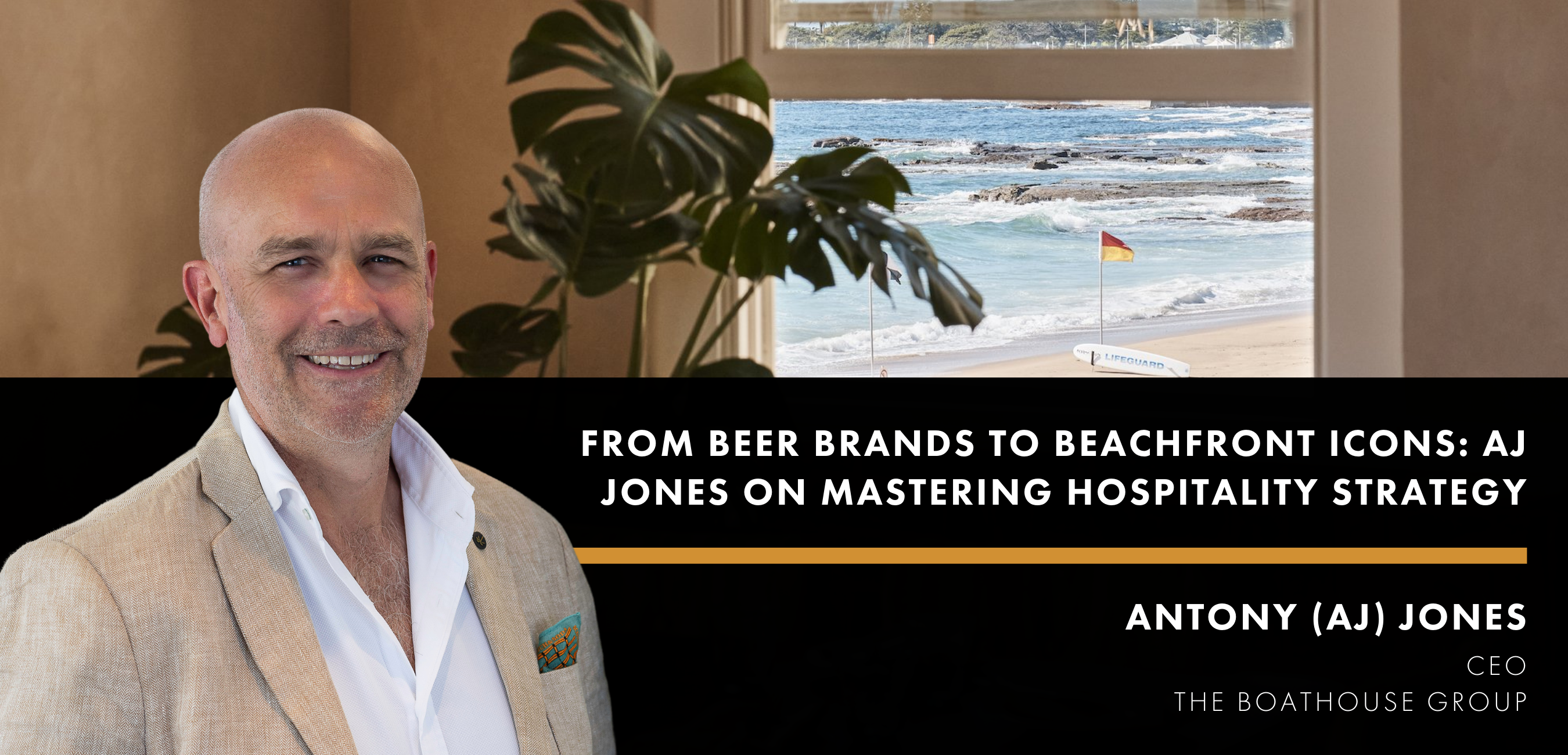Jérôme Audais is the Managing Director at KONE, a global leader in the elevator and escalator industry. At KONE, they go beyond equipment and focus on making people’s journeys safe, convenient, and reliable. Jérôme started his journey at KONE in Paris then moved to Singapore and now works out of the Sydney office. We chatted with Jérôme about how to move people throughout buildings and the current co-creation and collaboration phase of operation.
FuturePlace: We may have all used KONE at some point but never realized it. Can you tell me more about the company?
Jérôme Audais: KONE is a Finnish company with a strong commitment to sustainability and innovation. We’ve been in this industry for 110 years and we’ve set a goal to be carbon neutral by 2030. In 1995, we launched the first machine room-less elevator and more recently in 2013, we launched the UltraRope. Our UltraRope is ultra-light, made with a carbon fiber core and surrounded by a high-friction coating, and we use it for high rise buildings where lifts are currently using steel rope. And, just a few months ago, we launched the DX elevator – the first digitally connected elevator in the world where through its API box, we can connect all kinds of services to customers.
FP: What type of things are being prioritised for connectivity?
JA: It really depends on who is using elevators or escalators and where. With DX class, we’re building an ecosystem of API partners that can connect and provide new and enriched experiences for our customers and their users. Technology can really offer a lot of flexibility and we’re constantly being asked by our customers how we can help welcome tenants into a building.
FP: You seem to be leading the way with change, too as you were recognized by Forbes as one of the most innovative companies in the world.
JA: Yes, we’ve been on the Forbes top 100 list for innovation every year since 2011. We’re the only escalator and elevator company to be there.
FP: Not a lot of people think of elevators and escalators when they think of innovation, they think of them as tools to get to one place from another. There’s a lot of opportunity potential that could be lost there. Can you tell me more about the energy-efficiency elements of KONE?
JA: Northern European countries like Sweden, Denmark, and, of course, Finland are very concerned about sustainability and energy conservation. We want to have less negative impact on the world. Locally, we’re also heavily focussed on sustainability and have achieved ISO 50001 certification. We look at conserving energy in a holistic manner; you need to look at energy conservation from the full chain, not just the equipment, but everything from start to finish.
FP: What does that look like in operation?
JA: Well, think about how there are fewer people in elevators at the moment. We’re at 20-30% occupancy in the office today in Australia as people are still working from home. This has a beneficial impact on energy as instead of moving 100% of the population of the building every day, we’re only moving 30%. However, there are pros and cons: pros are that there is less energy consumption in the building but the cons are that, as a building owner, you want your tenants back in the building and they’re not there.
FP: That is definitely a shift from normal. How are operations different from expectations when it comes to movement in a building?
JA: When a building is designed, both from an architectural and technical design, there are certain assumptions of the building’s usage. Most of the time, 5-10 years after the design is complete and the building is running, the flow of people is different and unexpected. In an office building with five floors, you might have a lot of inter-floor movement that wasn’t planned in the original design. After all, when you create a building, you don’t know who’s going to be the tenants – one company or 100 companies? How are they going to use the floors? It’s unknown. One of our energy solutions is to make a heat map of the building so you understand where people are moving between floors. Then you put a setting on the lift that optimizes the lift using our algorithms and AI so that people flow better.
FP: What about using technology to decrease wait times for elevators?
JA: Well the heat map tells you what’s happening in the building, not just in the lift but, for example, in the lobby. We’re deploying technology to understand what’s happening around the lift, not just inside it – if they’re already inside, it’s too late to help with wait times. Office buildings have the worst wait times because there are dozens of people moving at the same time, but right now there isn’t an issue because we’re at decreased capacity. We’re paying close attention to the traffic in the morning, going to lunch, coming back from lunch, and when people leave as we set the lifts with AI.
FP: You’ve mentioned integration with other technologies, how is that playing into patterns and trends in people flow?
JA: Great question. In the U.S., you often have turnstiles when you check-in and enter a building. You flash a badge and then go through security. This interaction can help us know that you do indeed work in this building and on what floor so that the appropriate lift can be allocated to you which means less wait time and a better, faster ride to the right floor. It’s not just about the lift, it’s the journey from the turnstile to the lift. We also integrate with apps on mobile phones so that the elevator knows when you’ve arrived and the system already knows what floor you work on so you’re sent to the corresponding elevator.
FP: Looking ahead, what do you think some of the challenges are going to be about moving people around buildings? Especially with a more hybrid work environment.
JA: Our customers want to build their tenants’ confidence that they’re in a safe environment. In retail, you have a lot of escalators and we’re providing solutions to make it safer because people don’t like to touch shared surfaces. If you look at escalators since COVID, people no longer touch the handrails which is dangerous because if the escalator stops, you’ll fall. We have solutions that automatically clean these handrails and are made from antimicrobial materials to maximize safety.
FP: That’s a good example of adapting, what’s next in the evolution?
JA: There’s no clear prediction for what we’re going to do next. It’s all still a work in progress but we know there’s a lot of design and development involved. By integrating technology with partners, we add flexibility – we’re in a more co-creation and collaboration phase with our customers right now. We believe it’s important to be innovative and to work closely with customers to find future solutions. We are a global company, but we’re also a local company that works with local partners including entrepreneurs and start-ups. We don’t have the next solution yet but we’re getting there and we’re doing it together.
Smart & Healthy Buildings Summit
Basil Carlo Stella, Director – New Business Equipment of KONE will be speaking at our upcoming Smart & Healthy Buildings Summit, taking place from 23-24 March 2021. Featuring world leading speakers and case studies, the Summit will examine the strategies, processes and technologies needed to create buildings that offer greater transparency about who is in them, how they are used and how well they are functioning.

